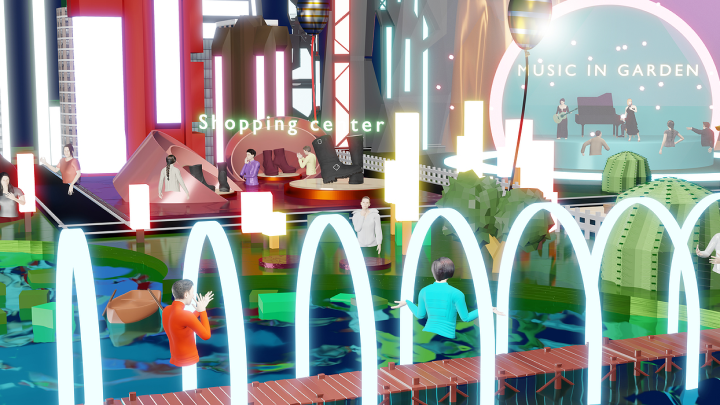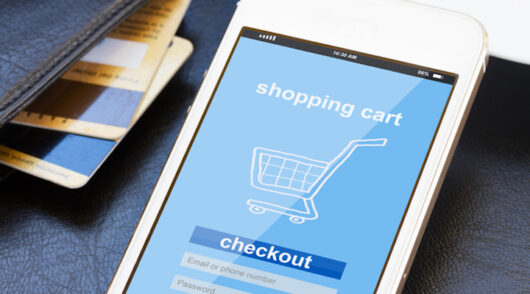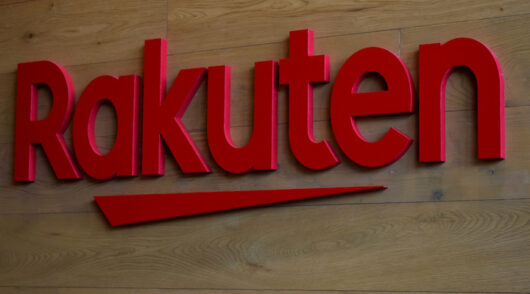Facebook rebranding to Meta late last year wasn’t the beginning of our collective metaverse journey, merely the latest step, which served to further highlight how its role is growing beyond gamers. In Facebook and other metaverses, people can work and do business, play games, meet up, learn and shop.
The more people start living in the metaverse, the more they are going to spend real (digital) money. And retailers and brands are already using the metaverse for a number of sales and marketing purposes. Below, I’ve rounded up some of these.
Commerce
The metaverse can play a role in shopping for physical and digital goods.
Physical products can be sold with accompanying non-fungible tokens (NFTs), which allow consumers to own a digital version of the product. For example, a vintage or limited-edition bottle of wine may be sold with an NFT that offers certification, plus exclusive access to something else related to the product or brand.
Virtual shopping in the metaverse builds on what is currently available, with augmented reality and virtual reality in virtual stores and fitting rooms. Shoppers have 360-degree views of what clothing outfits look like. Other virtual ‘try on’ options include car test drives and beauty consultations using digital avatars as a representation of the shopper, in consultation with virtual sales associates.
AI enables tracking of a customer’s activity and purchase history, tastes and demographic profile, to personalise recommendations. Metaverses will become a means for discovery and demonstration without having to leave home to go to a physical store. This will extend to anything related to the home. It does raise the question of how virtual trial and sampling will work for food and beverages, where smell, taste and texture are paramount.
Representation of consumers by avatars in the metaverse means a market for digital clothes, digital homes and furniture, etc. This could extend to digital pantries, for which our avatars may need to go virtual grocery shopping, potentially for products seen on virtual recipe cards or virtual cooking shows.
This isn’t as far-fetched as it may sound. Eighty-five per cent of Fortnite players buy digital goods, particularly branded ‘skins’ for their avatars (often by luxury brands such as Louis Vuitton and Burberry). And there’s an argument that consumers may be more experimental with their avatars as expressions of themselves than in real life. Some people make a living by selling digital goods in virtual worlds created by the likes of Roblox and Epic Games.
Digital goods can be purchased in virtual stores with the help of virtual sales assistants, who will be able to make increasingly personalised AI-driven recommendations based on the shopper’s prior purchase history and outfit generator apps.
NFTs: beyond art
NFTs are at the heart of much of the current action. In January, NFT marketplace OpenSea reported monthly sales of $3.5bn. ‘Utility’ NFTs are a large portion of these, second only to collectables. Utility NFTs allow benefits such as accessing exclusive communities, memberships and clubs, receiving special rewards or limited-edition products, and entry into special events and promotions.
Late last year, US fast-food chain Burger King (Hungry Jack’s in Australia) ran a ‘Keep it Real Meals’ campaign that used QR codes on 6 million meal boxes. When scanned, the QR codes unlocked a digital collectable and access to bonus NFTs. The campaign won a number of industry awards.
Following Taco Bell’s lead in limited editions, Tequila brand Patrón launched NFTs to enable access to its limited-edition Chairman’s Reserve tequila. It partnered with BlockBar.com, a platform specialising in wine and spirits NFT sales, where each one represents a physical bottle.
Campbell’s Soup collaborated with artist Sophia Chang to create an NFT collection based on the brand’s newly designed label. Pringles NFTs have been selling for as much as $700 each.
Brewing giant AB Inbev has employed a specialist NFT agency. Stella Artois has auctioned off several NFTs. Last year, Coca-Cola took NFT auctions a step further, into cause-related marketing. Its collection of four multi-sensory NFTs fetched $575,000 at an online auction in 72 hours, using a ‘loot box’ feature – a sort of virtual treasure chest. The proceeds were donated to charity. The auction winner became the owner of the four NFTs and also received a real-world physical fridge stocked with product.
Procter & Gamble did something similar, with an auction of illustrator-designed NFTs for toilet paper and proceeds benefiting Direct Relief. Other companies have monetised their best-performing ads by turning them into NFTs.
Perhaps the increasing value placed on NFTs is best epitomised by Walmart’s December 2021 application for a series of seven patents, including for software so it could supply NFTs and virtual currency to customers. Another application was for virtual merchandise across multiple categories, indicating that Walmart may be pursuing a role in the metaverse around providing affordable goods (to counter the luxury brands), as it does in the physical world.
Brand, product and promotion
NFTs enable brands to tell their story via collectable assets that may be exclusive. Early-access tokens can assist with creating a buzz in the leadup to a product launch. Exclusive tokens provide opportunities for premiumisation and innovation through limited editions, including digital-only (often ‘direct-to-avatar’ for apparel) and digital-first products. In April, Coca-Cola announced the virtual launch of Coca-Cola Zero Sugar Byte, which ‘brings the flavour of pixels to life’. It will first be available in a metaverse-type world within Fortnite before launch in physical stores, supported by Coke-themed mini games within Pixel Point. Coca-Cola’s metaverse also features collaborations with a number of streetwear and beauty brands.
During this year’s Super Bowl, beer brand Miller Lite created a virtual bar in the Decentraland metaverse where patrons could not drink virtual drinks, but could exclusively view the company’s 2022 Super Bowl ad – which was not aired during the televised game.
For Consumer Electronics Show 2022 in Las Vegas, Procter and Gamble invited show visitors into a virtual world where they could learn about the company’s product portfolio and sustainability initiatives, and play games.
Outside of company proprietary metaverses, brands are able to employ virtual brand ambassadors, which roam the metaverse promoting products through special events.
Virtual flagships and experiential
A July 2021 Wunderman Thompson survey indicated that 81 per cent of global consumers consider a brand’s digital presence to be as important as its in-store presence.
Enter the virtual flagship store that replicates a brand’s physical flagship store. Earlier this year, Samsung opened in the Decentraland metaverse a virtual replica of its famous New York City flagship. Fendi beat it to the punch last year with a virtual flagship offering virtual tours and access to its latest collections. Hermès has rolled out digital flagships across Asia. Other brands are introducing virtual flagship pop-ups. The metaverse enables creation of virtual tours of a brand’s ‘home’.
Late last year, Ralph Lauren launched its ‘winter escape’ in the Roblox metaverse. The virtual destination included ice skating, toasting marshmallows, scavenger hunts, and shopping the Ralph Lauren digital collection, available for purchase exclusively on Roblox. Slightly earlier, Nike unveiled Nikeland on Roblox. Nikeland lets users dress their avatars in virtual gear and explore arenas, fields and buildings that are host to various mini-games.
And for Valentine’s Day this year, Mondelez’s Cadbury Dairy Milk Silk created an immersive 360-degree virtual environment in the metaverse that gave couples on virtual dates the ability to walk around on the moon.
What’s next
It’s still early days for the metaverse, populated as it is mostly by gamers and lacking the ability to transfer goods across different environments. There are other practical limitations as well. Trying makeup, clothes and hairstyles is one thing, but virtual trials of food are another, as taste and smell are missing online. Even so, as technology improves and consumer uptake increases, metaverses have the potential to make online shopping even more engaging and improve online sales conversion.
Consumers are increasingly accustomed to shopping and socialising digitally, using AR and VR filters, games and immersive content, and shopping on social media. The metaverse has the potential to become the next social network.
For now though, brands are experimenting. They are using the metaverse to learn, to develop awareness and engagement. Smart brands are building real estate in well-populated worlds such as Decentraland and Sandbox, before moving on to building their own worlds.
Alongside the marketing opportunities, the metaverse is becoming another sales channel. Just not the only one. We’re unlikely to shift our entire lives into the metaverse, but it will become an increasingly fun place to shop from time to time.






